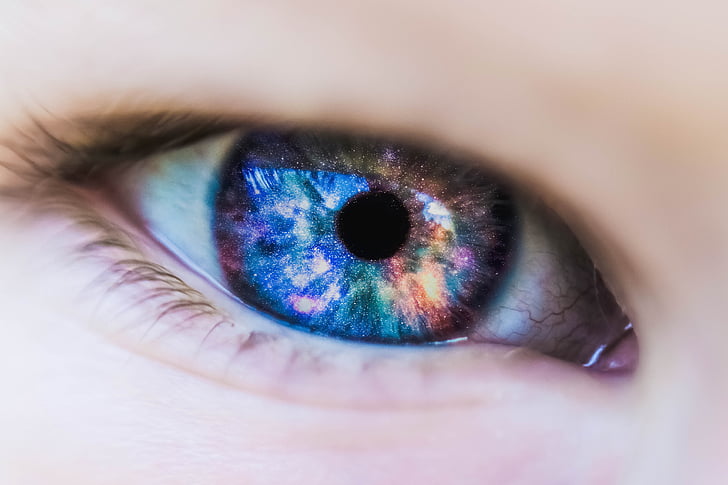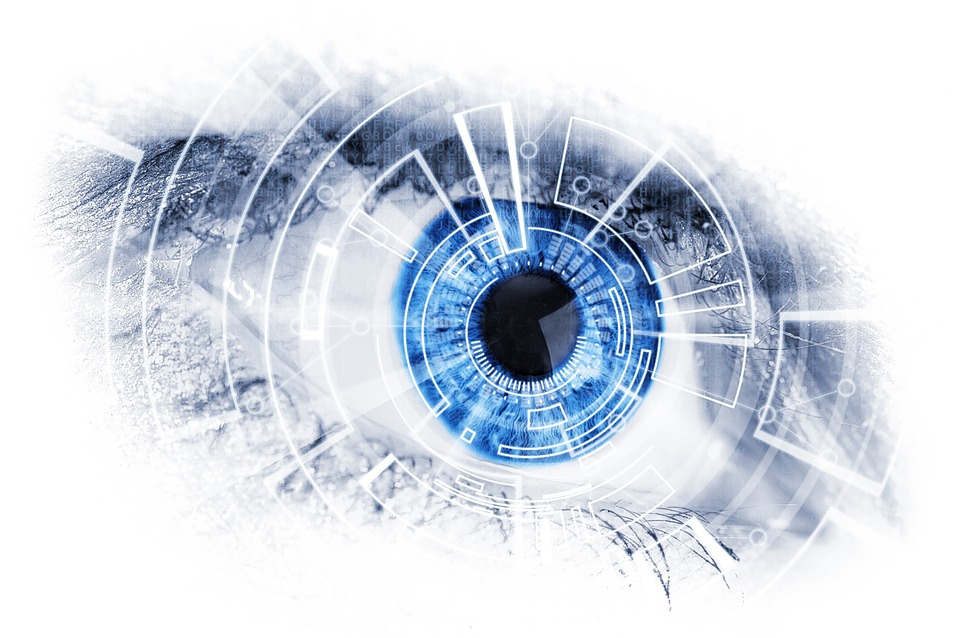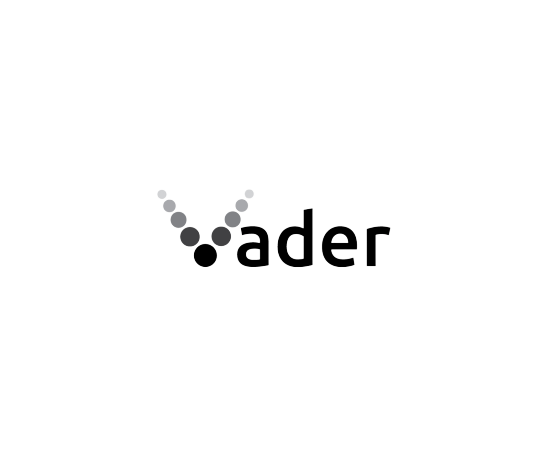BREAKTHROUGHS
I think gene therapy and nanotechnology go hand in hand. -Liz Parrish
The term nanotechnology came to be in the 1980s, thanks to Eric Drexler, a US engineer. Over time, this technology has proven to be useful in many sectors ranging from textiles to computing. Though it is not clear what impacts nanotech will have in the future, there have been many positive breakthroughs over the decades as follows:
Contact lens and VR
At present, people using virtual reality are subject to the use of bulky headsets which can be a bit overwhelming. Nanotech provides a simple solution to all this in the form of contact lenses, which boast of a display lens as well as a center filter. The optical elements in play are small such that they do not interfere with vision and they ensure that there is normal vision throughout the pupil. The brain thus views the images as well as those of the surrounding environment as one. These optics can enable people to play games, watch movies, participate in simulations as well as other activities that call for VR headsets. Additionally, the wearer can get a clear view of what is happening around them, ensuring that they stay safe.

Heart attack prevention
How great would it be if an app could alert you of an impending heart attack such that you could seek medical advice to prevent cardiac failure? Not only would such a feature save lives but it would also reduce the costs incurred regarding heart problems. Well, this is part of the breakthroughs that nanotech experts have been working on in recent years.
With tiny nano-sensor chips in the bloodstream, you can get an alert on your phone or other wireless devices, directing you to consult your cardiologist. The current chips in use measure about ninety microns, a size similar to about half a grain of sand. Doctors insert this into the patient’s arm, and the nano-chip moves towards the distal tip where it settles and screens the blood for endothelial cells. If these are present, it is indicative that the artery wall is sloughing off and is thus a sign of a heart attack.

At the moment, the nano-sensor chips are not in use. However, there have been tests on animals regarding glucose detection, and soon enough, human trials will begin. And the sensory abilities will not only come in handy regarding heart attacks, but they are also beneficial to other health issues such as rejection of donor organs, cancer, and autoimmune disease. As long as the nano-sensor undergoes calibration to detect a particular element in the blood, it is entirely possible that disease prevention could get easier with time.
There have also been advancements regarding the treatment of diabetes where scientists hope to unveil a breathalyzer test that will enable patients to avoid finger pricking during testing.
Manageable Eye Surgery
The eyes are tricky organs when it comes to invasive operations as they are quite delicate. Scientists have come up with a tiny robot that can perform surgery as well as administer drugs to the eye. The viability of this test got conducted on rabbits at first before the scientists realized how effective it was. The robot relies on an external magnetic field and is so small such that it can deal with clots in the eyes.
In the past, it was hard to come up with small robots as there was the issue of motors as well as propulsion devices. With an external magnetic control, the tiny robot can help surgeons do without the need for operation by guiding the necessary device into the eye through the use of a needle. The robot can also place a micro-pump behind the eye to enable it to release drugs over a given period. Read a government article about the nanotechnology based surgery.

Many sectors will benefit from these and future breakthroughs in nanotech. What industry do you think will benefit the most? Explore all of them.



